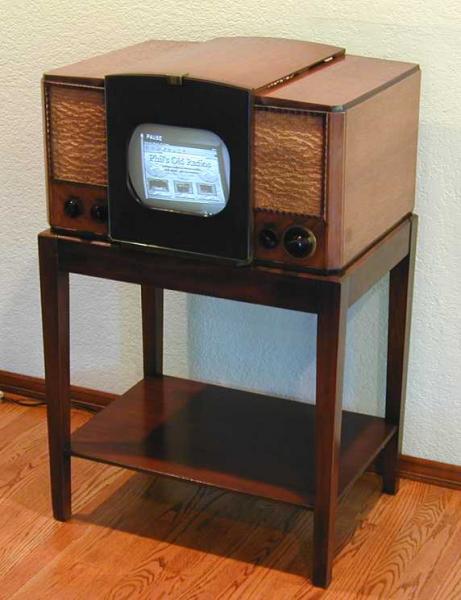A history of broadcast television
For readers interested in TV history, especially those who’ve ‘lived it’, the website ars Technica has a wonderful series on the history of our television industry. The articles by Lee Hutchinson, appear under the banner “The Trajectory of Television”, and begin with a look back at the consumer birth of TV in the 1950s. A nation fresh from the conclusion of WWII found companies eager to market new technology to an audience equally excited about parting with new-found wealth for those products. And, companies like RCA were quick to fill those desires with new black and white televisions.
TV really began in the late 1920’s, but the technology was not a consumer product. By 1936, only about 200 TV sets even existed, and most of them were laboratory experiments with different resolutions and various types of image displays.

It wasn’t until 1948, when RCA introduced a mass-produced TV, the RCA 630TS, that America’s love for television really began. Despite its initial price of $435 (that’s $5,773 in today’s dollars), the little wood-cabinet TV set was a widespread success. According to the website antiqueradio.org, RCA sold “hundreds of thousands” of the 10-inch circular screen receivers. For the equivalent money in today’s dollars, today you can buy a 55-inch UHDTV complete with surround sound and a 4K player to source the content!
Until the late 1950’s broadcast content was primarily live because there was no convenient way to store the video. A key industry-changing technology was introduced in 1956 by Ampex (which BTW, came from the founder’s name, Alexander M. Poniatoff Excellence). It was called quadruplex" or just "quad" tape recording. Video was recorded on 2-inch wide tape using four magnetic heads rotating at 3,600 rpm, rotating perpendicularly to the tape, which moved at 15ips. The audio was still recorded as a linear track. Unfortunately, because tape was hugely expensive ($300/hr) the reels were used repeatedly. One result is that few programs were archived and we’ve lost most of the 1950 and 1960 shows.
Another significant broadcast technology was introduced in October, 1969 and it came from Sony. Called U-matic, videotape changed from an open-reel format into an enclosed ¾-inch, cassette-based storage medium. The list of technology innovations continues throughout the article.

For history buffs, or engineers like me who grew up on the technology, check out Hutchinson’s article. You’ll be reminded of your own introduction to broadcast—and perhaps how much simpler life as a broadcast engineer seemed to be.
The professional video industry's #1 source for news, trends and product and tech information. Sign up below.
